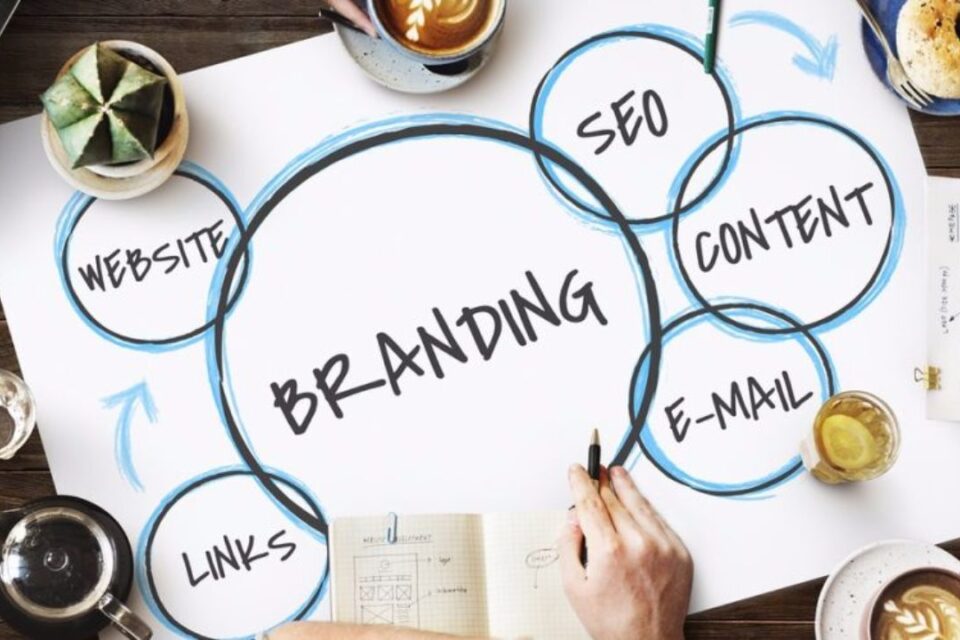SmBiz Branding for Success
Millions of prospects mean nothing if your website doesn’t deliver, and can hold the attention span of modern consumers.
What sets businesses apart is their web branding. Branding is a combinations of ideas, beliefs, and loyalty that people share about a product or company. You can always elevate your brand by reaching your audience more effectively. Let’s take a look at what a modern website can do to stand apart from the competition.
People learn through different senses. By appealing to your user’s different learning styles, you can create a website that stimulates the senses, creates an emotional response, and startles them in the clarity of its message.
Building an online brand: Online branding through learning styles.
A website is not just about the text. It’s an experience – albeit, sometimes a relatively short one. You simply cannot have a website that relies solely on catalog descriptions and small images. Here’s how to get any kind of learning style to pay attention.
Visual learners are these are the TV Infomercial Watchers.
Visual learners have trouble when a website is cluttered or has too many graphics jumping around, however, they have to “see to believe”. A simple approach to this is limit the number of products on your pages – but if you want to embed a video highlight for a specific product you’re trying to sell – that product will stand out.
Engage the senses of your visual learners, and they’ll develop an emotional connection with your products – and help you build your online brand.
Auditory learners are those who enjoy talk radio and podcasts.
Auditory learners need to hear to believe and understand. However, cluttered noises annoy and distract them – so adding sound effects all over your website will be a distraction.
Auditory learners enjoy asking people about their own preferences, and prefer to observe other interact and ask questions, as well. To increase the response to your online brand, you’ll want to speak to them.
A suggested touch-point for the auditory learner is to add audio options to your site such as podcasts, audio testimonials and samples.
Audio learners relate well to words such as “hear”, “think” and “tune”.
Kinesthetic learners ñ those who learn by doing. Kinesthetic learners associate learning with their own experiences.
They like to play and tweak around to learn more about their world and environment.
Kinesthetic learners need interactivity – so once you’ve added interactivity, reaching them is easy. All you just have to ask them to play along. Boost interactive elements of your website such as comments, surveys, polls and other elements that something will happen when they CLICK their mouse.
When creating product descriptions, these learners prefer words such as “feel” “touch” and “hold”.
A website should appeal to the three learning types – because your customers have come to expect it. Multi-media usage has exploded because consumers want more – more sight, more sound, and more feelings. When the average internet user visits a website, they want a rich user experience. By combining your online branding efforts to increase a response among all of your visitors, your website will enjoy a large increase of return traffic.
Engage more senses, and you will reach more prospects.
